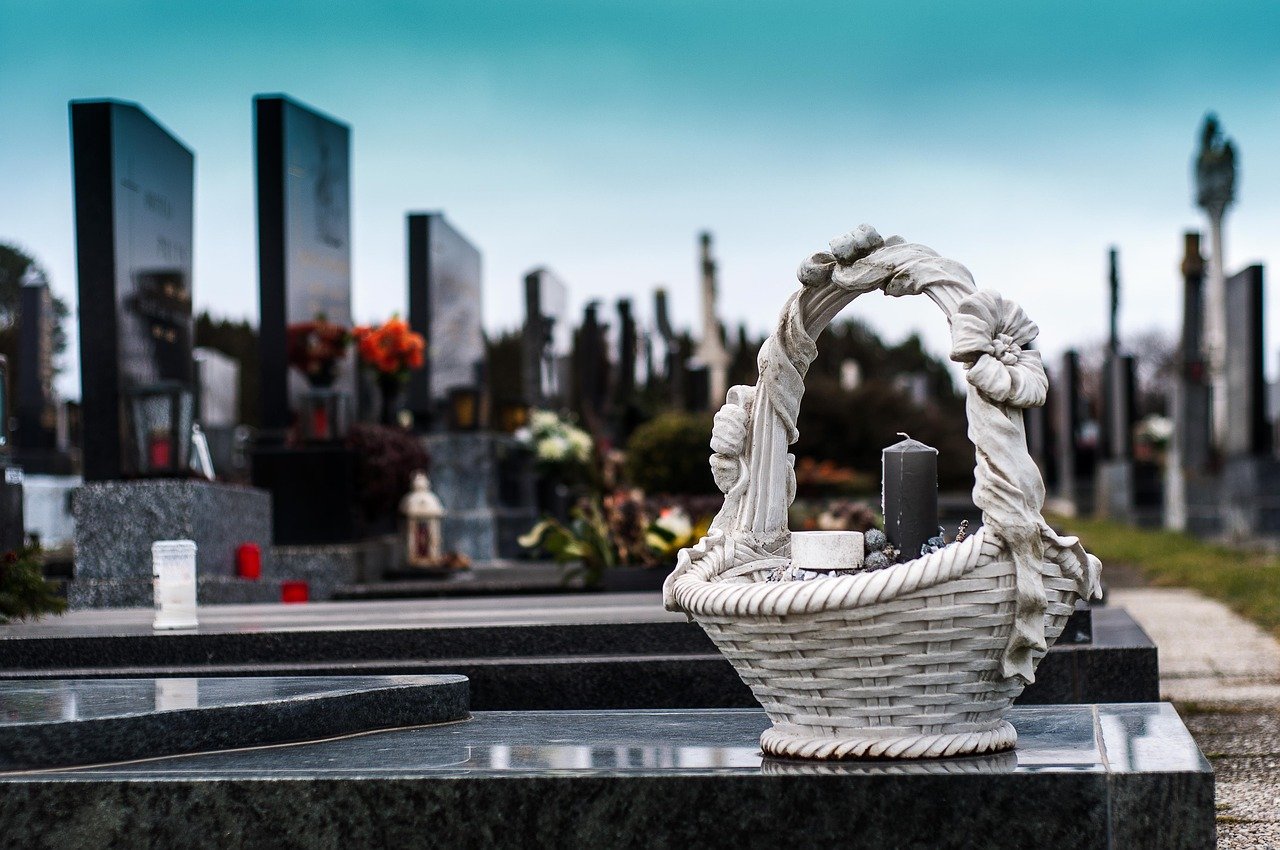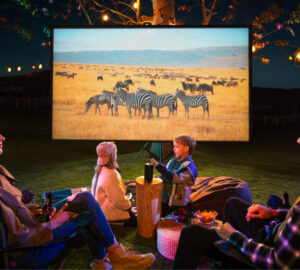Funerals are different from all around the world. Perhaps the most well-known historical funeral rituals or traditions are from Egypt. We all know about how the pharaohs of the ancient world had a ritual of being mummified. From here our fascination with the funeral and its bridge to the afterlife grew. This is why we wanted to cover all the major funeral cultures in the world to see how things are done in comparison. One of the things you will notice is how different they are in every continent and some even say hemisphere. Of course, in humid and hot countries you may not always get a burial culture to arise because it might not be sanitary. In colder climates, burial is safe but even still, some prefer not to. Let’s take a look at some of the major funeral cultures in the world both current and historical.
Celebration of the dead
Mexico has an amazing culture. It’s the heritage of Aztec civilization lives on to this day, as it had a day of the dead celebration festival once a year. The aim is to celebrate people who have died and embrace death. People dress up in what can only be described as colorful Halloween costumes in Mexican style. They dress as death itself, demons, angels and all kinds of mythical characters involved in the passing of someone from the mortal world to the realm of the dead.
You will find that they will have all kinds of food, drink, photos and candles that are placed and shared in cemeteries themselves. They will also have dance festivals in the streets, people will go to headstones and funeral altars of their dead loved ones and it’s a bizarre yet joyful occasion. The Aztecs used to have something similar as part of their culture and here it is today in modern Mexico. Of course, the tribes, cultures and history of the Aztecs is unique to Mexico so it’s no surprise that it’s a tradition that dates back hundreds of years.
Western culture
You have probably heard and know all about Western funerals but this is not as simple as it might seem. Remember, when we say Western, we really mean Europe. The traditions that are displayed in places like America, Canada and Australia, come from this continent and mainly, from the UK. Modern day funerals of the Western type are linked deeply to the UK.
The wearing of black clothes, a ceremony for the passed, a holy man to give the dead a final good sail to the afterlife and a burial in the church grounds or in the cemetery while the last rites are being read, is all part and parcel of the British tradition. The headstones can be customized to suit your liking, with any particular slogan you want, designs of flowers, birds and or family coat of arms are things to consider.
But let’s not forget about the other cultures, such as Italian and French. These two nations are predominantly Catholic and thus, they usually have a traditional Catholic funeral where they may also have bread and wine shared among those who attend the ceremony.
Eastern Europe has some very old funeral traditions. Cultures such as Croatia see the family of the deceased bath in a ritual manner. To carry out the body from the church or the home will be the person who is at the head of the family. Very often the women will walk on the left hand side of the coffin and the men on the right. Women also wear all black and many choose to wear scarves. It’s not often the case that children will be allowed to attend and pregnant women will also be told they cannot go.
The Igorot people
This type of funeral is something you will only enjoy if you don’t have a fear of heights. In the north of the Philippines, there is a tribe called the Igorot. When a member of their tribe dies, they will usually cremate them along with having a ceremony to celebrate their life. There will be feasting, dancing and the fire in the village will burn all night long. However, for very important members of their tribe, they will actually carry to the side of a cliff. In the Mountain Province in the north of the country, they have stilts that jut out of the cliffs.
The Igorot people take their dead up to the side of the cliff. After banging stilts into the side of the cliff, they will then hoist the casket of the dead onto the stilts and then tie them down. This means, you now have coffins that are placed many feet up in the air, hanging over the side of a cliff. It’s really quite extraordinary. However, it’s become somewhat of a tourist attraction as climbers are purposefully going to these cliffs to see the coffins. There are now a dozen or so coffins fitted to the side of the cliff. It could be their chiefs, richer members of the tribe or perhaps holy men they send off this way. It would be interesting to know how they decide who gets this treatment.
A brighter send off
South Korea is an overall great culture. They have their own history, a lot of it is tied with wars against Japan but it is also tied with their very interesting fight against control from China. Whenever you see a nation that has been besieged in its history, the culture takes one of two trips. Either it will merge with the occupant and dilute. Or it will increase in importance due to resilience. Well South Korea also fought and won against the Han Dynasty and so much of its unique culture was protected throughout its history.
In South Korea today they have a great take on cremation. They do often burn the bodies of their loved ones when they die. But this is because they only allow bodies to be buried for 60 years. After this they must be cremated. Which is also why, many who would not like to cremate, cremate their loved ones and turn their ashes into jewelry. These are often in the form of shiny blue, pink, black and green beads. They are hung around photos of the deceased or even worn by loved ones.
A green funeral
America is often the nation that takes the lead in trends and cultural practices. In recent years greener funerals have been growing in numbers because of climate change awareness. This has led to more and more people writing in their wills that they want to be cremated or buried in an eco-friendly casket or coffin. You will see many coffins being made in willow and wicker which is less harmful than chopping down hardwood trees such as oak, walnut, ash and cedar. However, these materials are also biodegradable which means, the soil in which they are buried will be enriched and new foliage could grow. The decomposing body will not be protected by hardwood which also means more nutrients for the insects and soil.
You are seeing more and more funerals with these kinds of eco-friendly coffins, but mainly in the states of California, New York and some flyover states.
Swedish solitary funerals
Sweden is a country with a rich Nordic culture. There are many different cultures within the country and just like it’s fellow Nordic neighbors, there is a sharp contrast between rural and suburban people. In the rural part of the country, there are traditional funerals whereby the deceased is left alone in the wilderness for 1 to 3 weeks. This is because they believe that the person who has passed away, can return to the soil, return to the animals, trees and rivers. It’s a way to guide them back to the soil that they came from and also allow their spirit to rebalance by being outside among nature. Of course they will be protected as they are left alone, so that wild animals cannot find and eat them. This could be done by wrapping them up and placing them in a coffin but keeping them above ground.
After a couple weeks, the person is found again and buried properly. These are very private affairs and this is why Swedish funerals are often very small, with just close family attending. These are songs around the fire, drums and other instruments. Sometimes, the very closest of the deceased will wear a white tie. This is strange as often white tie is often only worn on happy occasions and often very important questions such as a wedding.
All of these cultures are distinct when it comes to funerals and their approach to sending off their loved ones. All of them are linked to the way nations see death and it all boils down to people at ground level, historical traditions, rituals and religious beliefs.






